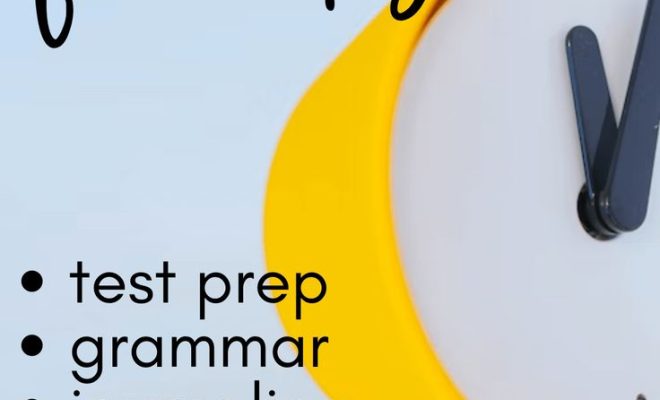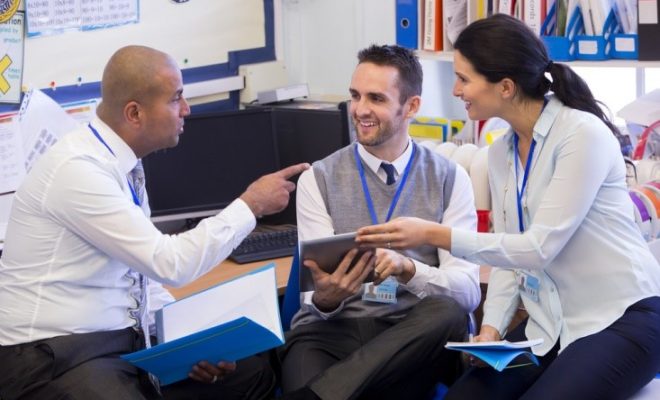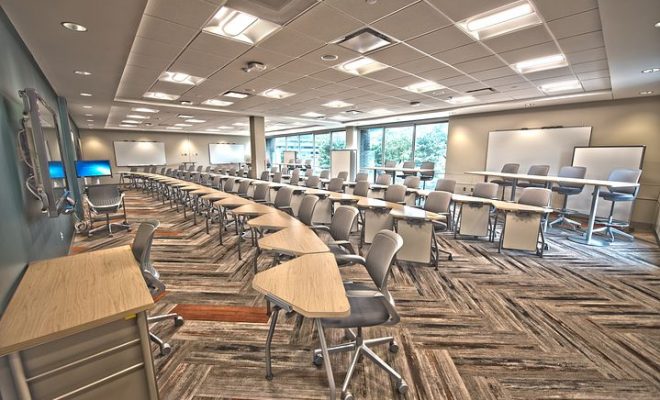Bell-to-bell instruction is NOT best practice. Here’s the research.

Bell-to-bell instruction, a popular educational approach where classroom time is densely packed with direct teaching from the first to the last minute, has long been regarded as a way to maximize learning. However, recent studies and educational researchers are challenging this notion, claiming that it may not be the best practice after all.
One of the main arguments against bell-to-bell instruction is that it doesn’t account for the cognitive load theory, which suggests that learners have a limited capacity for processing new information. When too much information is presented at once, students may become overwhelmed, leading to diminished retention and understanding. The research indicates that students need time to process and reflect on new information in order for deep learning to occur.
Furthermore, this non-stop instructional approach leaves little room for what educational theorists like John Dewey have long insisted upon: experiential, hands-on learning, and critical thinking activities. These types of activities require time for setup, execution, and debriefing, which are often cut short or eliminated in bell-to-bell teaching environments.
Classroom dynamics also play a role in the critique of bell-to-bell instruction. According to research on classroom management and student engagement, constant direct instruction can lead to a higher likelihood of classroom behavior issues. Students need opportunities to interact with one another and their teacher in more varied formats—collaborative work, peer teaching, group discussions—to remain engaged and invested in their learning.
Additionally, there’s evidence that incorporating breaks into the school day—not just at lunch or recess but also between bouts of intense instruction—can help students maintain focus and perform better academically. A study from Finland, often lauded for its high-performing education system, reveals that students benefit from frequent breaks throughout the day to refresh their minds and bodies.
Advocates for reform suggest several alternatives to bell-to-bell instruction. These include implementing blended learning models that combine direct instruction with digital tools and independent work periods; fostering dialogic teaching where conversation between teacher and students drives the exploration of topics; and distributing practice over time (also known as spacing effect), which allows information to be revisited and reinforced.
In conclusion, while bell-to-bell instruction might seem like an efficient use of classroom time, research shows that it may not offer the most conducive environment for deep learning or sustained engagement. Educators are encouraged to explore alternative approaches that align more closely with current understandings of how students learn best.





